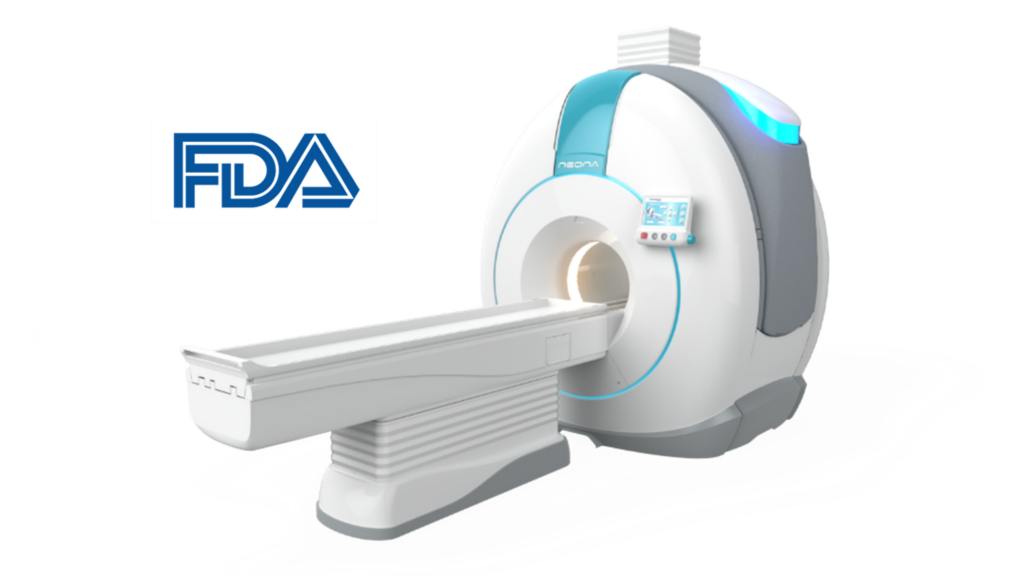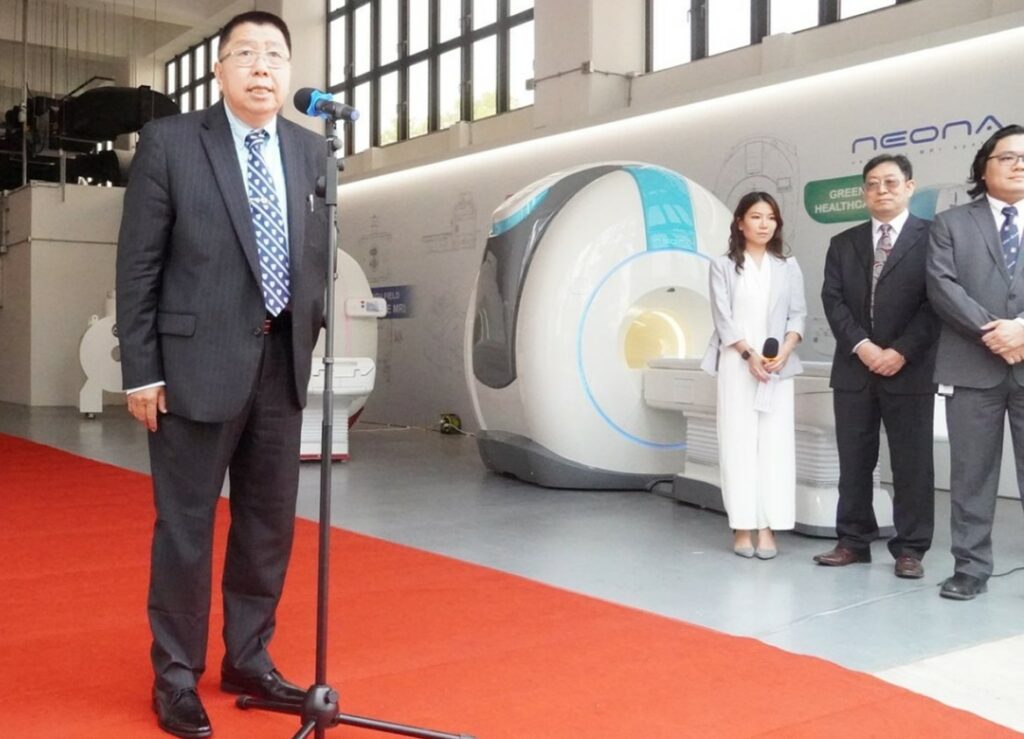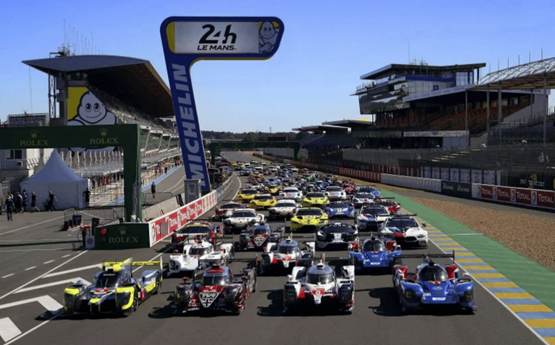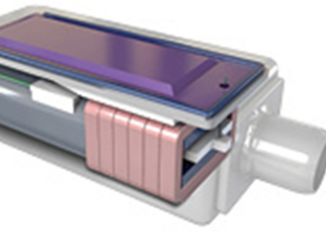
With US FDA clearance in hand and a new production facility in Hong Kong, Time Medical is charging ahead to get NEONA, its breakthrough neonatal magnetic resonance imaging system, on the market. A world-first superconducting MRI system dedicated for baby diagnosis, NEONA can significantly improve the precision and image quality of fragile newborns, infants and children.
The system was designed and developed by the company’s product development team in Hong Kong, to be lightweight and compact to fit inside a neonatal intensive care unit (NICU), reducing the health risk of having to move young patients around. It is also faster and safer relative to a typical adult MR as the system has high efficiency transmission RF specially designed to enable high quality imaging while maintaining low RF power that reduces scanning risk overall.
The company received FDA clearance for it in February. Now it is pursuing what it sees as an unmet need for specialized neonatal MRI from 8,000 NICUs globally.
In March, Time Medical held the official opening of its new Hong Kong production facility. The first large-scale medical equipment production facility in Hong Kong and the largest MRI production base in southeast Asia, the facility specializes in R&D and production of neonatal and breast screening superconductor magnetic resonance imaging systems.

It covers an area of 30,000 sq. ft. at the MARS Centre, equipped with advanced technologies, seamless logistics support and a tightly-integrated manufacturing environment, developed by Hong Kong Science & Technology Parks Corporation.
“After years of hard work, our team created the first MRI prototype for infants from within the R&D ecosystem at the Science Park and today’s opening ceremony is a proof of our rapid growth in Hong Kong,” said Dr. Q.Y. Ma, founder and CEO of Time Medical. “The first batch of pediatric MRI systems made in Hong Kong will be used in top hospitals around the world. We are confident that these innovative pediatric products will soon emerge as premium ‘Hong Kong Brands’ and be exported to more regions such as Asia, Europe and the US.”
Developing ultra-high field magnets for more than 20 years
Time Medical’s R&D team has been developing ultra-high field magnets for more than 20 years including liquid-helium-free magnet design, high homogeneity electromagnetic field design, cryogenic Dewar technology, superconducting joint technology, superconducting coil packaging technology and vacuum insulation technology.
Continually striving to bring disruptive technologies to the diagnostic imaging market, the company has been a pioneer in developing specialized, and mobilized MR systems for niche markets such as the neonatal system as well as for elderly care and women’s health. An abbreviated MRI for breast imaging with artificial intelligence reading is positioned as a product for independent breast imaging diagnostic centers. The founding team comes from a strong background of expertise, research and experience at leading universities such as Columbia University, Harvard Medical School and University of Hong Kong as well as at industry-leading corporations, GE and Siemens.
The company’s high temperature superconducting (HTS) technology is a unique combination of high temperature superconductivity and magnetic resonance technology, including HTS radio frequency technology, HTS magnet technology and HTS gradient technology.
The RF coil is the core component of the MRI system. At present, the RF coil material is usually made with copper material, which is the main loss of signal-to-noise ratio except for the necessary loss of the imaging anatomy itself. Time Medical uses HTS materials for the replacement of the copper materials in traditional RF coils. The materials exhibit nearly zero resistance at a 77K temperature, greatly reducing noise generated from the RF coil and improving the signal-to-noise ratio of the image. Compared with traditional copper RF coils, HTS coils show a signal-to-noise ratio improvement of 200% to 300% in proton imaging. In non-proton imaging such as Na imaging, high-temperature superconducting coils can achieve a 500% signal-to-noise ratio improvement.
The high-temperature superconducting material has a higher critical temperature and stronger critical magnetic field. The critical current density of HTS strip is 10-100 times that of low temperature superconductor. Time Medical has completed the development and clinical application of HTS radio frequency coils and plans to develop HTS magnets and gradients in parallel. It is developing the first small-scale SupMR with all HTS components for animal imaging, and then plans to design a large diameter HTS magnet, RF and gradient and develop the first full-body HTS prototype system.
It has designed and manufactured a variety of 7-9.4T superconducting magnets and gradient coils, which are used in narrow-bore MRI systems for biomed and preclinical research. Ultra-high field MRI is the industry trend for precision molecular imaging and neurological and cardiovascular clinical applications, leading Time Medial to invest heavily in 7T large-bore brain MRI, aiming to become a world leader in brain MRI used for the research of nerves and neurons. For more info, see www.time-medical.com.



